Market Growth Projections
The Global Phoropter Market Industry is projected to witness substantial growth in the coming years. With an estimated market value of 0.18 USD Billion in 2024, the industry is expected to expand to 0.3 USD Billion by 2035. This growth trajectory suggests a compound annual growth rate of 4.8% from 2025 to 2035. The increasing prevalence of vision disorders, coupled with advancements in technology and the expansion of eye care services, indicates a favorable outlook for the phoropter market. These projections highlight the potential for innovation and investment in the sector, suggesting a dynamic future for the industry.
Growing Geriatric Population
The aging global population is a critical driver for the Global Phoropter Market Industry. Older adults are more susceptible to vision-related issues, necessitating regular eye examinations and corrective measures. According to demographic studies, the proportion of individuals aged 65 and older is expected to rise significantly in the coming years. This demographic shift is likely to increase the demand for phoropters, as healthcare providers adapt to the needs of an aging population. The market's growth potential is underscored by the projected increase in market value to 0.3 USD Billion by 2035, indicating a strong correlation between demographic trends and market dynamics.
Expansion of Optical Retail Chains
The Global Phoropter Market Industry is also influenced by the expansion of optical retail chains, which are increasingly incorporating advanced phoropters into their service offerings. These chains provide comprehensive eye care solutions, including eye exams and corrective lenses, making vision care more accessible to the public. The proliferation of these retail outlets is likely to enhance the visibility and availability of phoropters, driving market growth. As consumer preferences shift towards one-stop solutions for eye care, the market is expected to benefit from this trend, potentially leading to increased sales and utilization of phoropters in various settings.
Rising Demand for Eye Care Services
The Global Phoropter Market Industry is bolstered by the increasing demand for comprehensive eye care services. As awareness of eye health rises, more individuals seek regular eye examinations, thereby driving the need for phoropters in clinical settings. The expansion of optometry practices and the establishment of specialized eye care centers contribute to this trend. With a projected compound annual growth rate of 4.8% from 2025 to 2035, the market is poised for sustained growth. This demand is further fueled by government initiatives aimed at improving access to eye care, suggesting a favorable environment for phoropter adoption.
Technological Advancements in Eye Care
Technological innovations in the field of optometry are significantly influencing the Global Phoropter Market Industry. Advanced phoropters now incorporate digital technology, enhancing precision and efficiency in vision assessments. Features such as automated refraction and connectivity with electronic health records streamline the patient experience. These advancements not only improve diagnostic accuracy but also facilitate better patient outcomes. As a result, the market is expected to grow, with projections indicating a value of 0.3 USD Billion by 2035. The integration of artificial intelligence in eye care devices may further revolutionize the industry, indicating a promising future.
Increasing Prevalence of Vision Disorders
The Global Phoropter Market Industry is experiencing growth driven by the rising incidence of vision disorders, such as myopia and hyperopia. As populations age, the demand for vision correction solutions intensifies. For instance, the World Health Organization indicates that uncorrected refractive errors affect millions globally. This trend is likely to propel the phoropter market, projected to reach 0.18 USD Billion in 2024. The increasing awareness of eye health and the importance of regular eye examinations further contribute to this demand, suggesting a robust market trajectory as healthcare systems prioritize vision care.



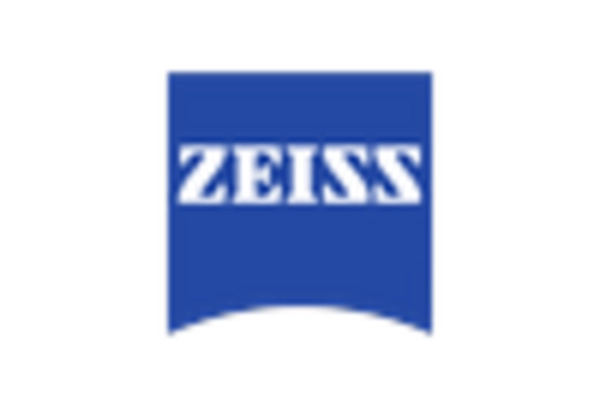

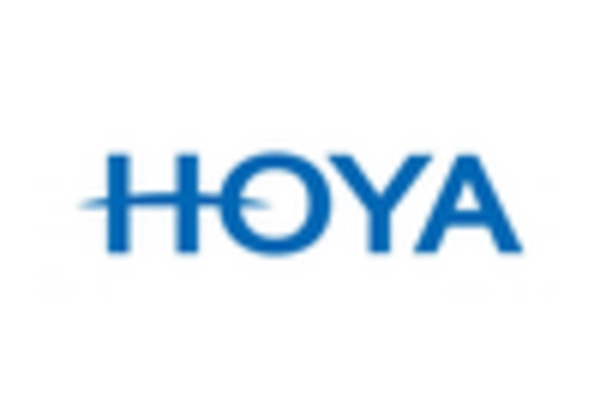
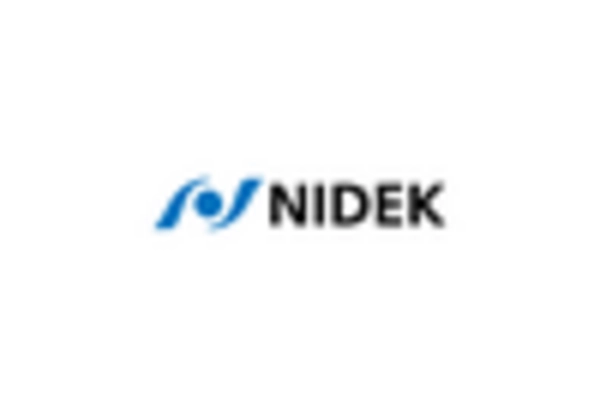
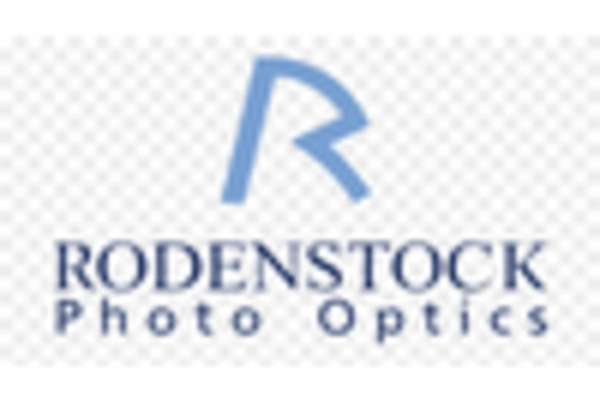
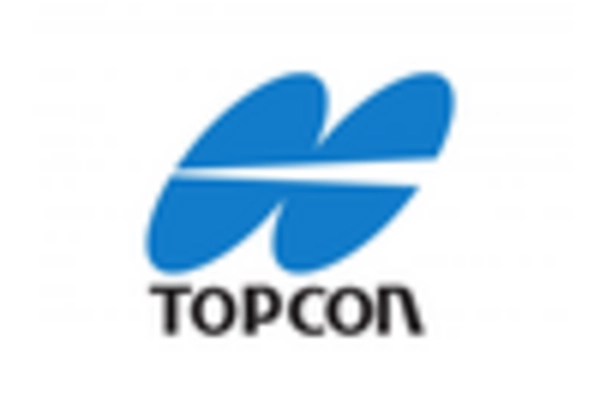








Leave a Comment